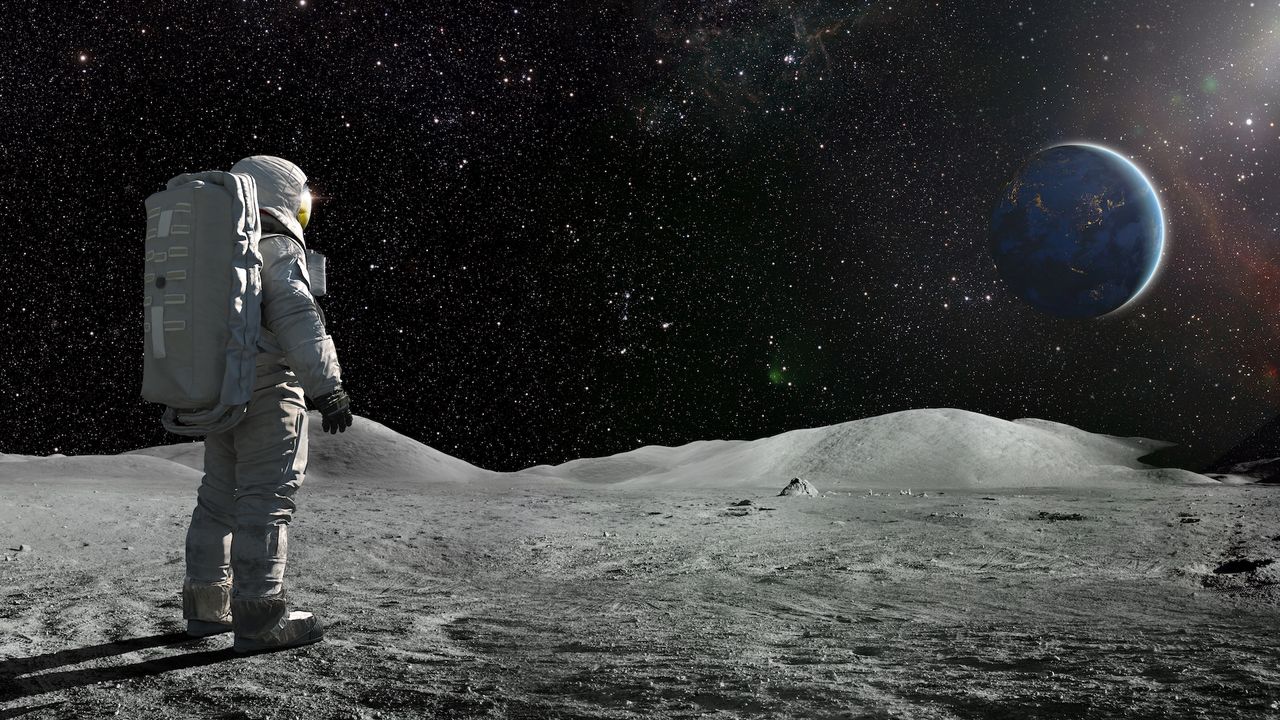Now Reading: Exploring the Sounds of Space: What Would We Hear?
-
01
Exploring the Sounds of Space: What Would We Hear?
Exploring the Sounds of Space: What Would We Hear?

Fast Summary
- Space is largely a vacuum, making it almost silent due to the lack of a medium for sound waves to travel.
- Sound requires a medium like gas molecules to transfer energy as vibrations, which is nearly absent in space.
- Exceptionally faint sounds can exist near entities like black holes or planets wiht dense atmospheres where enough molecules are present for sound waves.
- researchers sonify astronomical data (e.g., pressure waves from black holes) into sounds humans can hear. Such as, a supermassive black hole’s “burp” was calculated to produce an inaudible B flat frequency, 57 octaves below middle C.
- Acoustic data has been captured on Mars but remains inaudible due to the thin atmosphere and low frequencies. Future possibilities include exploring acoustic phenomena on planets like Venus with denser atmospheres.
- Sonifying space data has made astronomy more accessible to diverse audiences, especially beneficial for blind or visually impaired individuals by providing engaging alternative sensory experiences.
!Image: An astronaut standing on the surface of the moon looking at Earth
Indian opinion Analysis
India has significantly advanced its scientific endeavors in recent years, including missions such as Chandrayaan and Aditya-L1. The concepts explored in this article highlight innovative ways scientists engage with complex cosmic phenomena through sonification. For India’s growing space science community, adopting similar methodologies could enhance public engagement and bring inclusivity into STEM fields by using sensory-based approaches that transcend vision.
Moreover, such developments may encourage research collaborations between indian agencies (e.g., ISRO) and global institutions working on astrophysics datasets or planetary acoustics. This progressive synergy can push boundaries not only in technical achievements but also in increasing accessibility for underrepresented groups interested in space exploration.






















